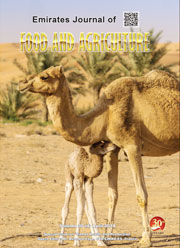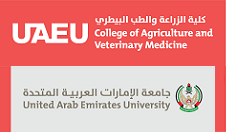Determination of some trace and heavy elements, in vitro antioxidant activity, total phenolic and Phenethyl isothiocyanate content in Watercress from Turkey
DOI:
https://doi.org/10.9755/ejfa.2022.v34.i6.2898Abstract
The purpose of this study was to define the content of total phenolic and phenylethyl isothiocyanate, the in vitro antioxidant activity,
and the content of Trace and Heavy Elements of watercress (Nasturtium officinale R. Br., Brassicaceae). It has ecological and economic
importance and has been used by humans for many years both for food and medical purposes. Now it is reported to have a chemopreventive
effect. In this study, Watercress samples were collected from Malatya, Turkey. Spectrophotometric methods were used to determine the
antioxidant activity and the content of total phenolic and phenylethyl isothiocyanate. To determine heavy metals and trace elements of
watercress were used inductively coupled plasma-mass spectrometry (ICP-MS). Our results indicated that the extract of watercress has
a high antioxidant capacity. This feature was related to phenolic compounds and phenylethyl isothiocyanate. Our analysis with ICP-MS
has revealed that the watercress plant has high iron content and toxic heavy metals did not bioaccumulate in the watercress plant. So
it is recommended to consume the watercress plant as food according to these results. However, toxicity studies should be carried out
in living beings regarding plant intake










 .
. 